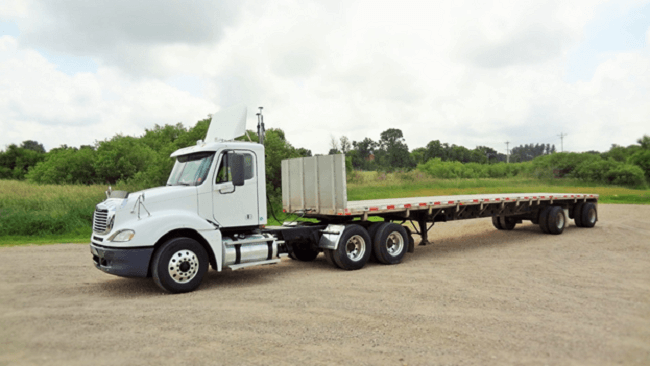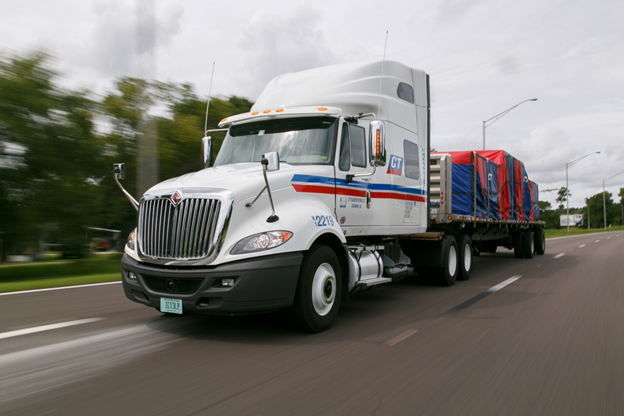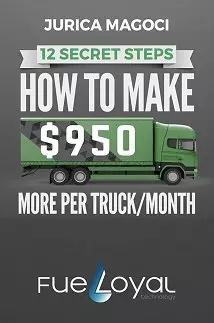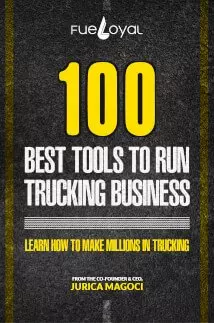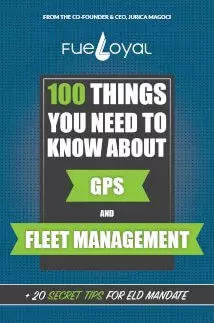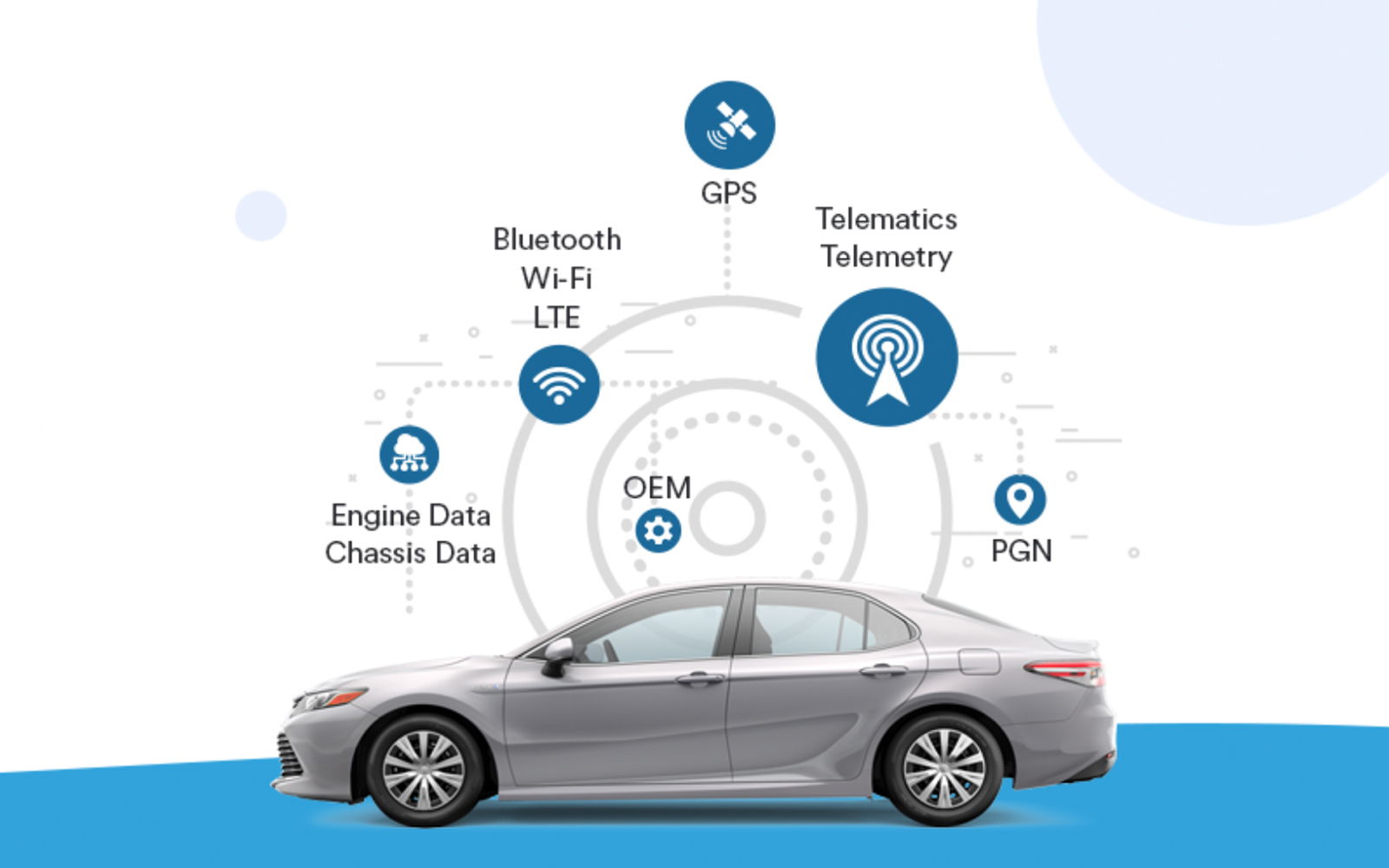Usually when we think of the trucking industry we think of the big dry van and flatbed truck. You know the image is of a fancy rig hauling the long van/box trailer. Of course they do make up a large percentage of the trucking industry, but there is much more into it. After all, we are all familiar with reefers and flatbed trailers, even have seen a load of new cars being hauled to the dealership. But even small flatbed trucks should be a part of your fleet.
LEARN 12 SECRET STEPS HOW TO MAKE $950 MORE PER TRUCK / MONTH
Hey! I'm George J.Magoci and I will send you a FREE eBook where you can learn 12 secret steps how to make $950 more truck/month.
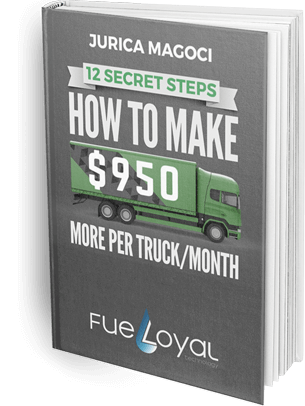
Actually commercial vehicles come in all shapes and sizes from small taxis to large passenger buses. Even just within the trucking industry there are several types of vehicles. They all vary by classification, based on their Cross Vehicle Weight Rating (GVWR). The United States Department of Transportation identifies them using one of the following eight classifications.
- Class 1- is from 0 to 6,000 pounds (0 to 2,722 kg)
- Class 2- is from 6,001 to 10,000 pounds (2,722 to 4,536 kg)
- Class 3- is from 10,001 to 14,000 pounds (4,536 to 6,350 kg)
- Class 4- is from 14,001 to 16,000 pounds (6,351 to 7,257 kg)
- Class 5- is from 16,001 to 19,500 pounds (7,258 to 8,845 kg).
- Class 6- is from 19,501 to 26,000 pounds (8,846 to 11,793 kg)
- Class 7- is from 26,001 to 33,000 pounds (11,794 to 14,969 kg)
- Class 8- covers everything over 33,000 pounds (14,969 kg)
Source: www.cttransportation.com
Most flatbed trucks would fall into either the class 6 or class 7 categories. As an example, you might use these when your load doesn’t justify the use of a big rig and trailer, for LTL (less then load) freight, or for specialty freight and odd sized loads. People commonly see these used at hardware stores to deliver lumber and other purchases. But their uses are as varied as there are trucks on the road.
